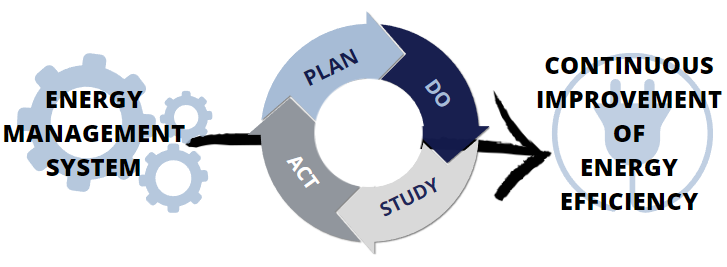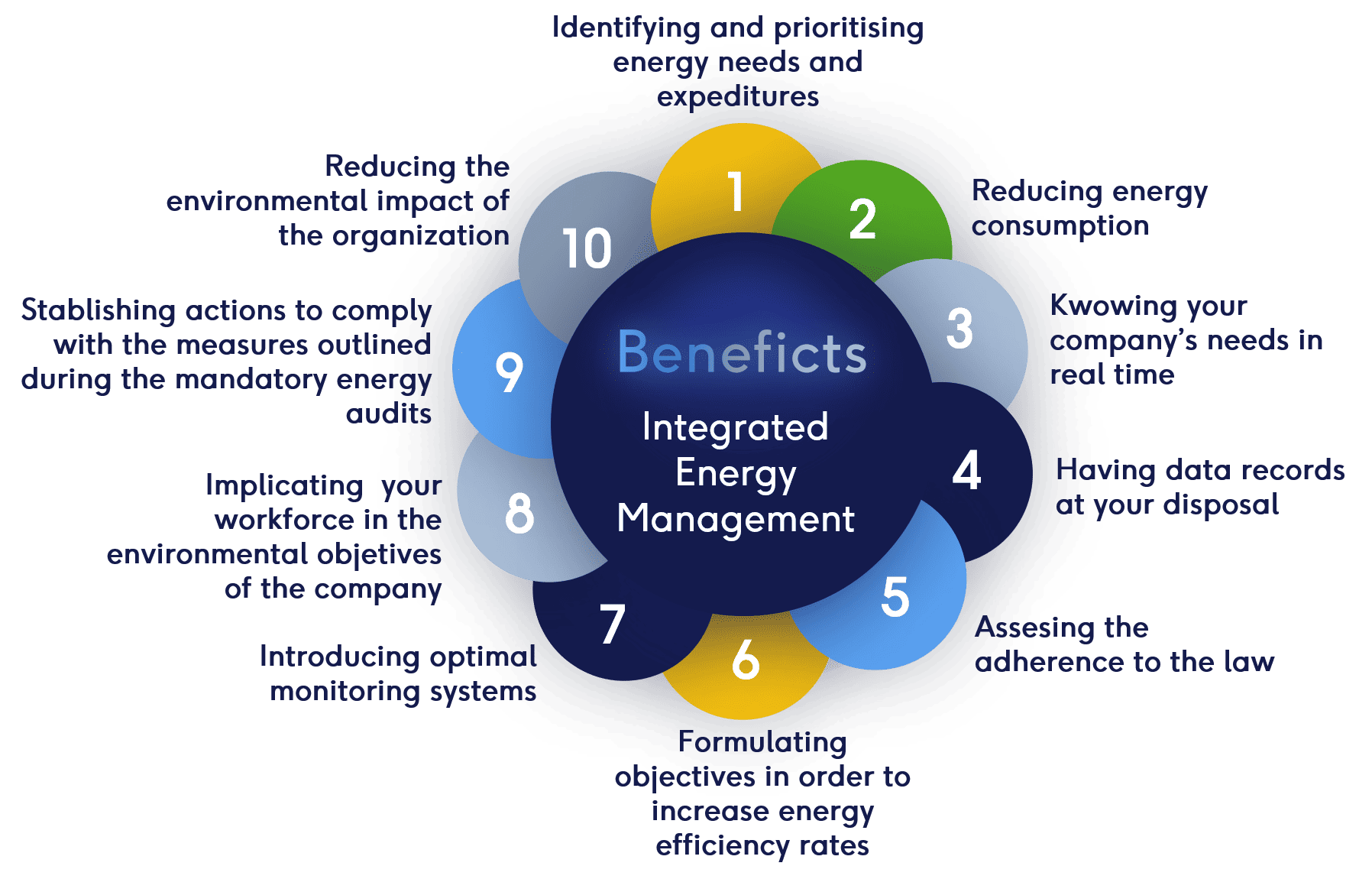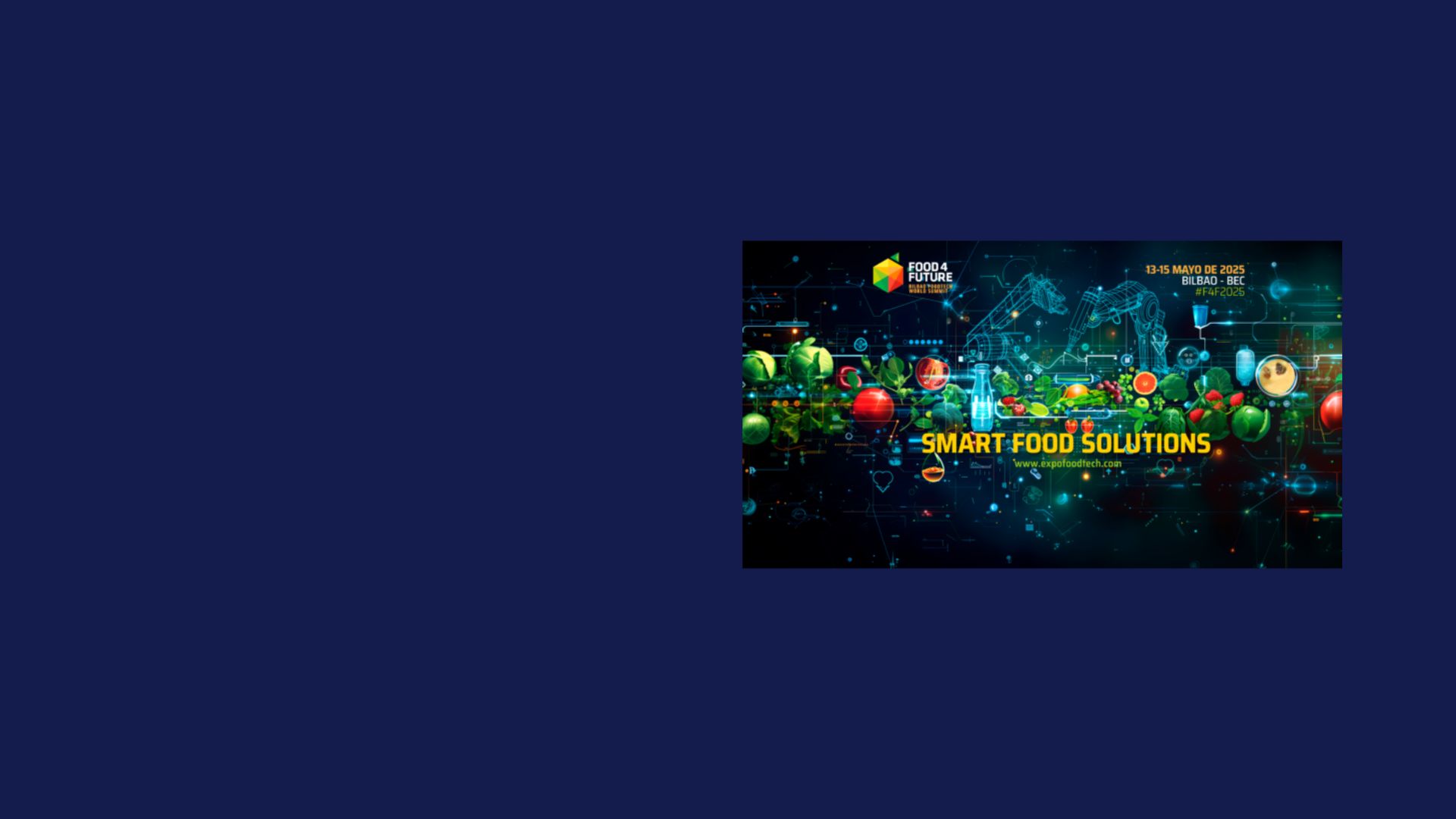The SDGs (Sustainable Development Goals) are a set of objectives established by United Nations Member States to ensure sustainability in society. Some key goals include eradicating poverty, improving living conditions, and protecting the planet. These 17 goals are central to the 2030 Agenda, with countries committed to achieving them by 2030. Energy management systems play a key role in the industrial sector, contributing to the SDG of ensuring access to sustainable energy, improving energy efficiency, and promoting renewable energy use.
Although progress has been made, we are still far from achieving the SDGs, and with only eight years left until the 2030 deadline, these years must be dedicated to intense efforts from both public and private sectors.
The seventh goal, which ensures access to affordable, reliable, and sustainable energy, has significant implications for industries, as it promotes universal access, the use of renewables, and energy efficiency improvements.
In Europe, European Directive 27/2012 has been transposed into national legislation like RD 56/2016, which includes promoting energy management systems and setting efficiency obligations for large companies. This includes mandatory energy audits every four years for non-SME companies. As a result, EMSs are becoming essential for businesses, driven by environmental, CSR, or regulatory motivations.
What do we understand by integrated energy management?
Before we can talk about integrated energy management systems, however, we need to comprehend what integrated energy management is.
This term refers to the monitoring and subsequent decision making for the optimised and efficient use of energy in order to continue to receive the same (or more) benefits. That is to say, the ultimate aim of energy management is maintaining the activity at a lower cost in terms of energy and economic resources.
Thanks to this effort, companies are able to identify factors that can be improved, especially quality and security-wise. Consequently, the number of organizations that are implementing an integrated energy management has been increasing, as it enhances their financial balance, augments their competitiveness, reduces costs and boosts their social agenda. As a result, a large amount of companies have already created specific departments whose mission is to lead the integrated energy management of the enterprise.
Integrated energy management systems (EMS)
Integrated energy management systems consist in the development of an energy management policy that allow to optimise all activities that cause any kind of energy consumption within a company’s scope of action. Thanks to their implementation, companies (regardless of their size, energy demand and consumption patterns) can achieve better performance rates using the same amount of energy.
Furthermore, integrated energy management systems can be coupled with environmental management policies in order to construct a holistic system for the monitoring and control of energy consumption, thus improving performance.
Beneficts derived from de usage of EMS
- Identifying and prioritising energy needs and expeditures.
- Reducing energy consumption.
- Kwowing your company’s needs in real time.
- Having data records at your disposal.
- Assesing the adherence to the law.
- Formulating objectives in order to increase energy efficiency rates.
- Introducing optimal monitoring systems.
- Implicating your workforce in the environmental objetives of the company.
- Stablishing actions to comply with the measures outlined during the mandatory energy audits.
- Reducing the environmental impact of the organization.
How is an integrated energy management system designed?
Logically, EMSs only work properly when they undergo a continuous process of optimisation. The cycle used for this enhancement is called the PDSA Cycle and consists of 4 steps.
- Plan: This process encompasses identifying the aspects that will be subject to analysis, as well as stipulating the legal obligations linked to that particular resource. The objective is to determine concrete KPIs (targets).
- Do: At this point, it is necessary to establish energy resources in accordance with a consumption plan. In this second step it is of vital importance the involvement of all members of the organization, who should be provided with functional data for the correct energy management of the processes. It is also crucial to create the documentation that will serve as reference, as well as control methods. In this step, the usage of an energy management software is fundamental, as it enables the monitoring of consumptions.
- Study: After the integrated management system’s implementation, the results are quantified, both in terms of benefits for the company and in relation to the level of compliance with legal obligations. Before the end of this phase, a set of internal audits is necessary, so that an energy management software is of the utmost importance.
- Act: Finally, it is decided whether the results of the energy management system have met the established objectives and, based on this evaluation, the EMS is revised, although taking into account that modifications may imply important changes in the execution of several processes.
In the industrial field, EMSs are accompanied by a detailed study of the SCADA systems. From this, statistical data linking energy consumption to the equipment that produces it is derived.

Role of Energy management software in integrated systems
Applying integrated energy management systems to industry may seem easy if we have the misconception that it consists of following a series of pre-established steps. However, in order to integrate these systems effectively it is vital to have a thorough understanding of your installation.
This becomes even more complex if you have multiple installations spread across one or more countries, as measuring variables in real time becomes almost impossible and, consequently, you will proceed in an unsynchronised and less efficient way.
To tackle this problem, the most advisable solution is the utilisation of a specialised software for energy management.
Platforms that allow the monitoring and management of all equipment involved in energy consumption, regardless of its location. They offer the user the ability to manage the data of their devices (status, needs, consumption, etc.), as well as that of their energy sources, in real time. They also enable the automation of certain processes, and with all this information, generate a control panel and data records based on the KPIs defined by the user.
These characteristics result in the following advantages:
- Obtaining a detailed understanding of your installations, their characteristics and their needs.
- Improving energy efficiency thanks to the optimisation of the installation, with savings of around 20% of the initial cost.
- Avoiding consumption peaks by streamlining energy expenditure.
- Adapting the periods in which your equipment consumes the most to the cheapest sections of the industrial electricity tariffs.
- Reducing maintenance work, as you will be anticipating potential problems that may arise.
- Guaranteeing the safety of the entire process chain.
- Obtaining objective data that will enable you to choose the most appropriate industrial electricity tariff.
- Avoiding load rate tariffs.
- Preventing excesses in reactive and capacitive energy, which can lead to increases in the electricity bill.
- Establishing different levels of access to information, so that you will be able to involve your whole team in the implementation of the integrated energy management system without granting them access to irrelevant or confidential data.
- Detecting elements susceptible to improvement / anomalies in real time.
- Developing of digital twins, i.e. simulations generated on the basis of specified parameters.
Corporate energy management standard
ISO 50001 is the most widely used corporate energy management standard and is specifically designed to assist in the implementation of energy efficiency policies. This standard is complemented by others, such as ISO 14001, directed to the minimization of an organization’s negative impact in the environment, and ISO 9001, that guides the efforts to increase customer satisfaction.
ISO 50001, which shares some of its foundations with EN 16001, implies adhering to the following principles:
- Increased executive board’s accountability.
- Implication of the whole workforce by reinforcing internal communication.
- Establishment of quantifiable objectives.
- Activation of energy management plans.
- Continuous improvement.
The novelty of this standard is that the energy facet is integrated into a course of action that incorporates concepts (such as base energy consumption) and that takes into account the interaction with other systems. In other words, the benefits of applying ISO 50001 are:
- A better coordination with other energy management processes.
- Constant improvement of processes, favouring the competitiveness of your business.
- Establishment of criteria to evaluate energy performance.
- Extraction of data that allow better planning, as well as compliance with the current legislation.
- Anticipation of future changes in relation with energy management policies.
To further understand the importance of energy management systems in achieving the SDGs, it’s crucial to explore the European Commission’s guidelines on energy efficiency. These policies emphasize the need for businesses to adopt efficient energy practices, which align with the EU’s commitment to sustainability. By following these frameworks, companies can not only comply with regulatory requirements but also contribute to broader environmental goals. For more detailed information on the European Union’s energy efficiency strategies, visit the official European Commission – Energy Efficiency page.




